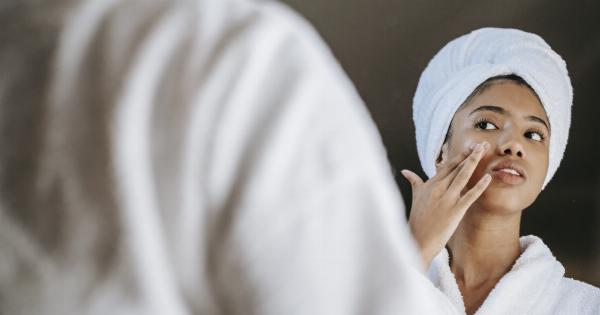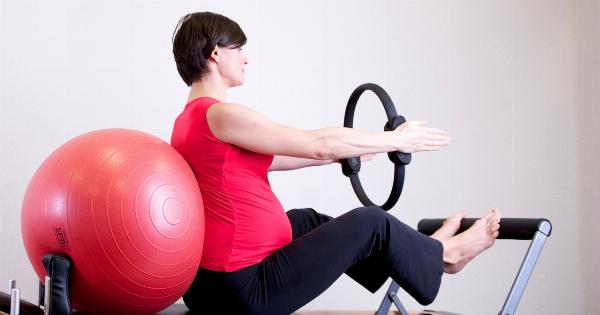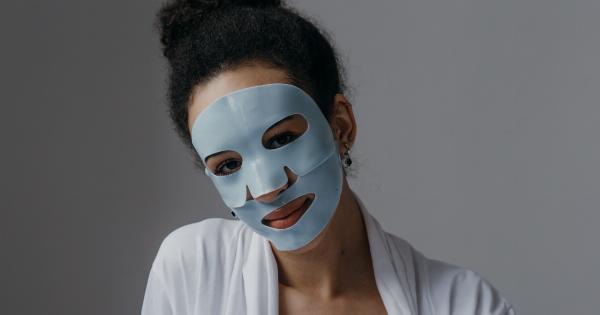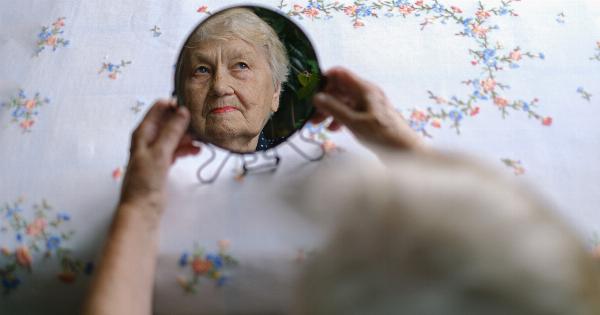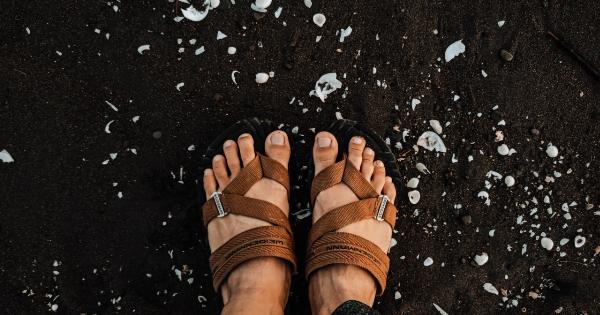Aging is a natural process that comes with various physical, emotional, and psychological changes. The signs of aging can be seen in different parts of our body, including our face, neck, arms, legs, and hands.
With aging, our skin loses its elasticity, firmness, and moisture, and it becomes thinner and less plump. The skin on our hands is particularly vulnerable to the aging process, as it is constantly exposed to environmental factors such as UV rays, pollution, and harsh chemicals.
In this article, we will explore the signs of aging in our hands and how to prevent and treat them.
Age Spots
One of the most visible signs of aging in our hands is the appearance of age spots, also known as liver spots or solar lentigines.
Age spots are flat, brown or black patches of skin that develop on areas of the skin that are frequently exposed to the sun, such as the hands, face, neck, and arms. They are caused by the accumulation of melanin, a pigment that gives color to our skin, and they are more common in people over the age of 50.
To prevent age spots, it is important to protect your hands from the sun by wearing gloves, long sleeves, and applying a broad-spectrum sunscreen with an SPF of at least 30.
To treat age spots, you can use skin-lightening creams that contain hydroquinone or kojic acid, but it is best to consult with a dermatologist to determine the best treatment for your skin type.
Wrinkles
Another sign of aging in our hands is the development of wrinkles and fine lines. Wrinkles are folds in the skin that develop as we age due to the loss of collagen and elastin, two proteins that keep our skin smooth and firm.
Fine lines are small, shallow lines that usually appear first on the hands and around the eyes. They are caused by repetitive facial movements, such as squinting, smiling, or frowning, and they can be exacerbated by sun exposure, smoking, and dehydration.
To prevent wrinkles and fine lines, it is essential to moisturize your hands regularly with a high-quality hand cream that contains antioxidants, peptides, and hyaluronic acid.
You should also avoid smoking, excessive alcohol consumption, and sun exposure, as they can accelerate the aging process and damage your skin. To treat wrinkles and fine lines, you can use retinol creams, which stimulate collagen production and improve the texture and tone of your skin.
However, retinol can be irritating to some skin types, so it is important to start with a low concentration and use it sparingly.
Dryness and Roughness
The skin on our hands is much thinner and more delicate than the skin on other parts of our body, and it is more prone to dryness and roughness. As we age, our skin produces less oil, which can lead to dryness, flakiness, and cracking.
Rough and bumpy patches of skin can also appear on the hands, due to the accumulation of dead skin cells and the loss of moisture. Exposure to cold weather, harsh soaps, and hot water can exacerbate these issues.
To prevent dryness and roughness, it is important to moisturize your hands regularly with a thick, nourishing hand cream that contains ingredients such as shea butter, jojoba oil, and ceramides.
You should also limit your exposure to hot water and harsh chemicals, wear gloves when doing household chores or gardening, and avoid using abrasive scrubs or exfoliants on your hands. To treat dryness and roughness, you can use a gentle exfoliating scrub once a week to remove dead skin cells and follow up with a moisturizing hand mask or overnight treatment.
Loose Skin
As we age, our skin loses its elasticity and firmness, and it can start to sag and droop.
Loose skin on the hands can make them look older and less attractive, and it can be more pronounced in people who have lost a significant amount of weight or who have undergone hormonal changes, such as menopause.
To prevent loose skin on the hands, it is important to maintain a healthy diet, exercise regularly, and stay hydrated.
You should also protect your hands from the sun and avoid smoking, as these factors can accelerate the aging process and damage your skin. To treat loose skin on the hands, you can try hand exercises, such as squeezing a stress ball or playing with clay, to improve the strength and tone of your muscles.
You can also consider non-invasive treatments, such as radiofrequency or ultrasound therapy, which stimulate collagen production and tighten the skin.
Nail Changes
The appearance and health of our nails can also change as we age. Our nails may become more brittle, dry, and prone to cracking and splitting, and they may also develop ridges or discoloration.
Hormonal changes, nutritional deficiencies, and medication side effects can all contribute to nail changes, as well as the natural aging process.
To prevent nail changes, it is important to maintain a balanced diet that is rich in vitamins and minerals, especially calcium, iron, and biotin.
You should also keep your nails trimmed and filed, avoid using harsh nail products and chemicals, and wear gloves when doing household chores or working with your hands. To treat nail changes, you can apply a nourishing nail oil or cream to your nails and cuticles, and consider taking supplements or consulting with a dermatologist to address any underlying health issues.
Conclusion
The signs of aging in our hands can be both frustrating and embarrassing, but they are a natural part of the aging process.
By taking good care of our skin and nails and adopting a healthy lifestyle, we can prevent and treat many of the common signs of aging in our hands. A little bit of effort can go a long way in keeping your hands looking youthful and beautiful for years to come.














